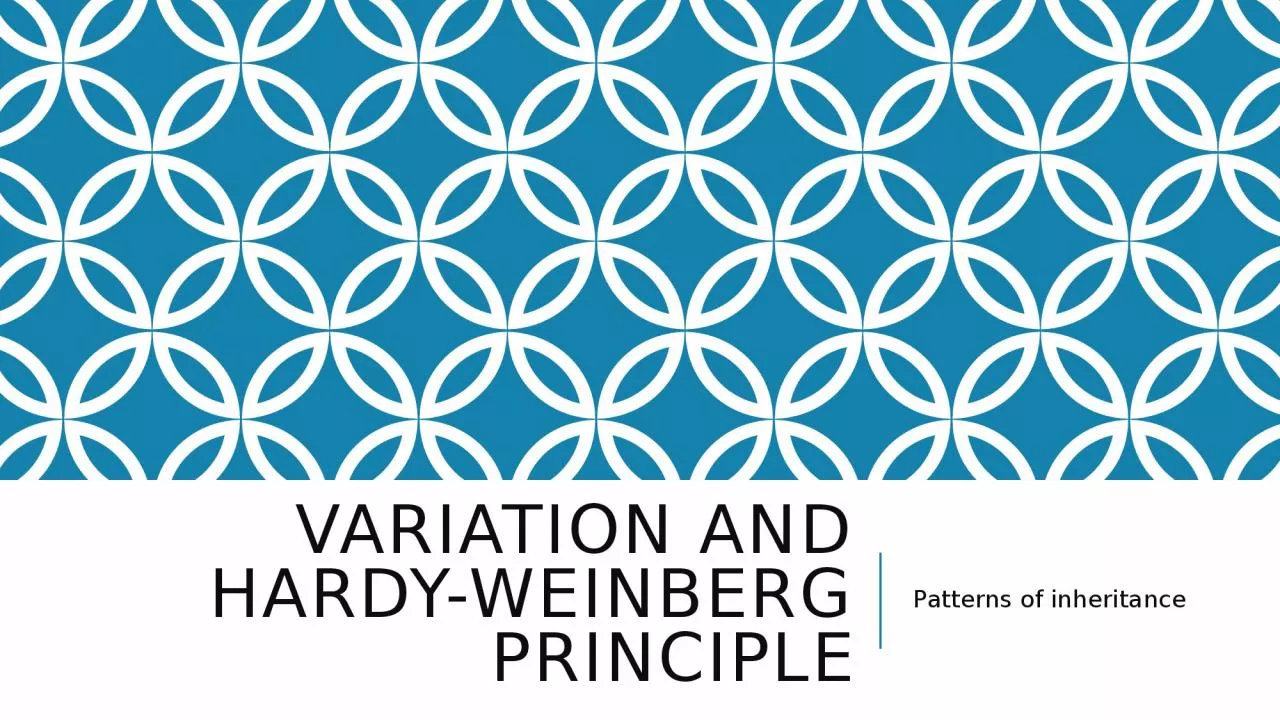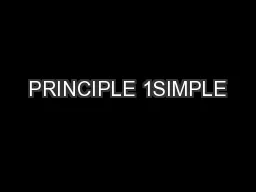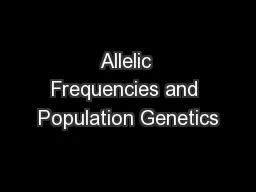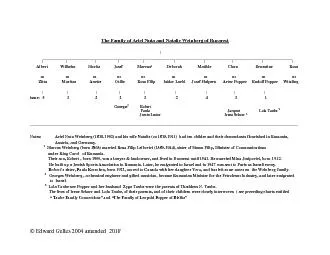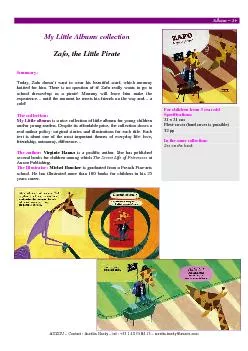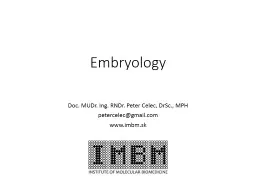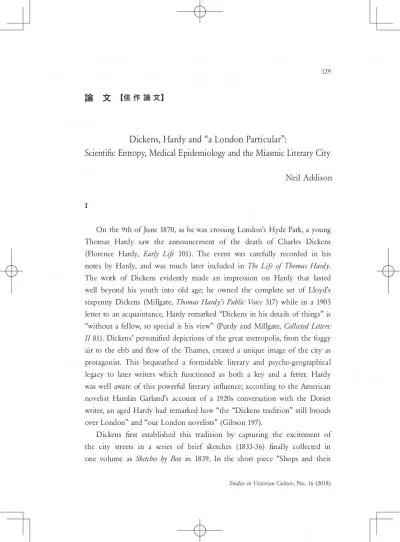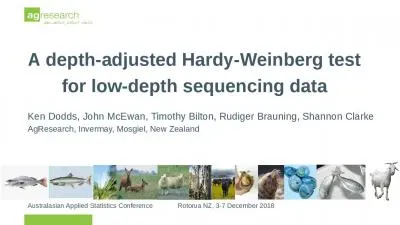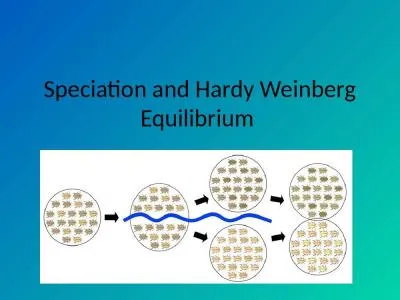PPT-v ariation and Hardy-Weinberg principle
Author : paisley | Published Date : 2022-06-28
Patterns of inheritance Starter No two people are exactly the same How is this possible What causes variation The current population of planet Earth is more than
Presentation Embed Code
Download Presentation
Download Presentation The PPT/PDF document "v ariation and Hardy-Weinberg principle" is the property of its rightful owner. Permission is granted to download and print the materials on this website for personal, non-commercial use only, and to display it on your personal computer provided you do not modify the materials and that you retain all copyright notices contained in the materials. By downloading content from our website, you accept the terms of this agreement.
v ariation and Hardy-Weinberg principle: Transcript
Download Rules Of Document
"v ariation and Hardy-Weinberg principle"The content belongs to its owner. You may download and print it for personal use, without modification, and keep all copyright notices. By downloading, you agree to these terms.
Related Documents

